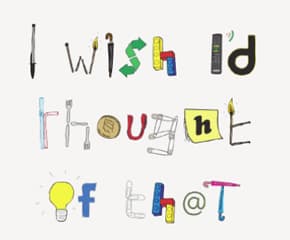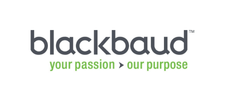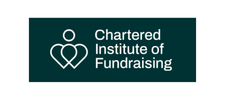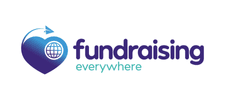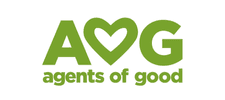I just did my first round of grant assessing – here’s what I learned
After years of fundraising for small charities, Vic Hancock Fell found herself on the other side of the process – assessing grant applications for the first time. Find out what Vic learned and what changes she’ll make when she writes her next application for a trust or foundation.
- Written by
- Vic Hancock Fell
- Added
- October 13, 2022
For 15 years I have fundraised from trusts and foundations for smaller charities. At a guess I’d say I’ve written close to 500 applications. Then, for the first time in my career, on the other side of the proposal. I reviewed 53 applications with the exciting but daunting task of choosing only 15 to take forward to the next round. After completing that process, I want to share what I learned and what I will now be changing about the way I write funding applications.
In no particular order...
Make it look interesting.

95 per cent of the application documents I reviewed were Word documents with no images, icons, different colours or logos. Many were great walls of text with no paragraphs or subheadings. This made them hard (and boring) to read. When you’re reading this many applications back-to-back, you really notice it when one looks a bit different and stands out. One that I read was designed using something like Canva, it was newspaper column style with icons, images and different fonts and colours. Thankfully the content was great too, but boy did it catch my eye and break the monotony of all those Word documents! I will definitely be taking this approach in future for applications where you’re able to attach your own application document.
Don’t explain what you do, explain what difference it makes
I gave the same feedback to almost all of the applications I sadly didn’t take to the next stage – don’t tell me what you do, tell me what difference it makes. It’s great to know the activities that your charity does but what I really want to know (and likely what most funders want to understand) is what change happens as a result of those activities. Ask yourself, so what?
Let’s say 1,000 young people accessed your training last year. That is great, but so what? Tell me what changes occurred in those young people’s lives as a result of accessing your training. Did they report improved knowledge, boosted confidence, did one in two of them go on to further training?
So, you handed out 500 menstrual hygiene packs to girls and young women. This is amazing, but what did this mean for those women? Were they more confident in attending school or work? Did rates of drop out or non-attendance decrease?

Hardly any applications referenced evidence of the outcomes and impact of their activities.
Frustratingly, some mentioned that they know their work is creating real impact because they did an impact assessment recently but then did not share any of the impact data from the assessment!
Don’t forget the people you exist for
Most applications didn’t include the voices of the people the charity existed for. Whether it is a quote or case study, please, include their voice.
Charity name was founded in XXX to do YYY
99 per cent of application documents started with this sentence, and after 50 of them every cause began to blend into the other. Try something else to capture attention right away. Perhaps start with a quote from someone who benefited from your work?
Don’t assume anything and no acronyms

There was so much assumed knowledge. In most cases the person reading your application will not be familiar with your sector of work, so don’t use sector lingo. Write it as if you were explaining it to a 10-year-old. Don’t use acronyms, even if you explain what they stand for earlier in the document. It’s easier for the reader just to read the words each time so they don’t have to remember what the acronym means. Remove all the barriers you can and help the reader easily understand your work.
Name your files properly
Where you’re attaching an application document to an email or portal try to name your document something like Charity Name Application to Funder Name. Too many ‘Funder Name App final.FINAL.V123’ and it makes them tricky to keep track of.
Finally, be yourself and try to have fun!
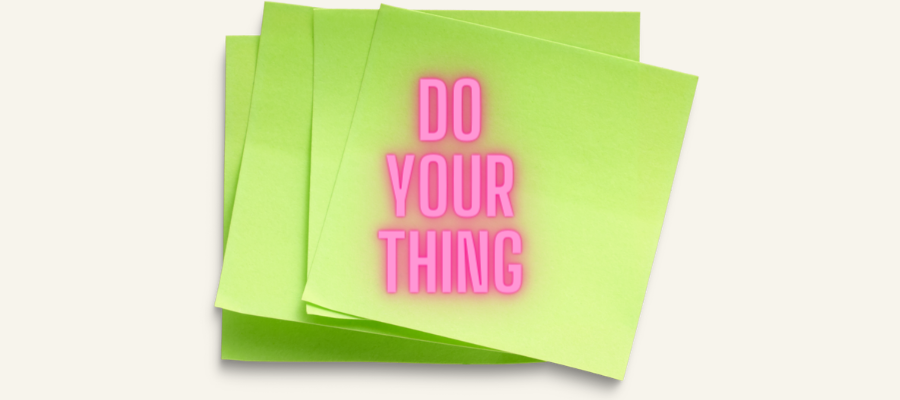
One application was written (clearly) by a Scottish person who wrote in beautiful conversational colloquial Scottish, and it was an utter joy to read. Perhaps this is my personal taste and wouldn’t appeal to all assessors, but it really made reading the application fun and gave me a sense of the personality of the organisation and people running it.
Thanks for reading! If you decide to give your standard application or case for support a re-vamp after reading this, my suggestion would be to then give it to a neighbour, friend or family member who knows nothing about your work and ask them if they understand what you do and if you've made a convincing argument.
Editor’s note: We are extremely grateful to Vic for letting us reproduce this fantastic article. The original can be found here.










